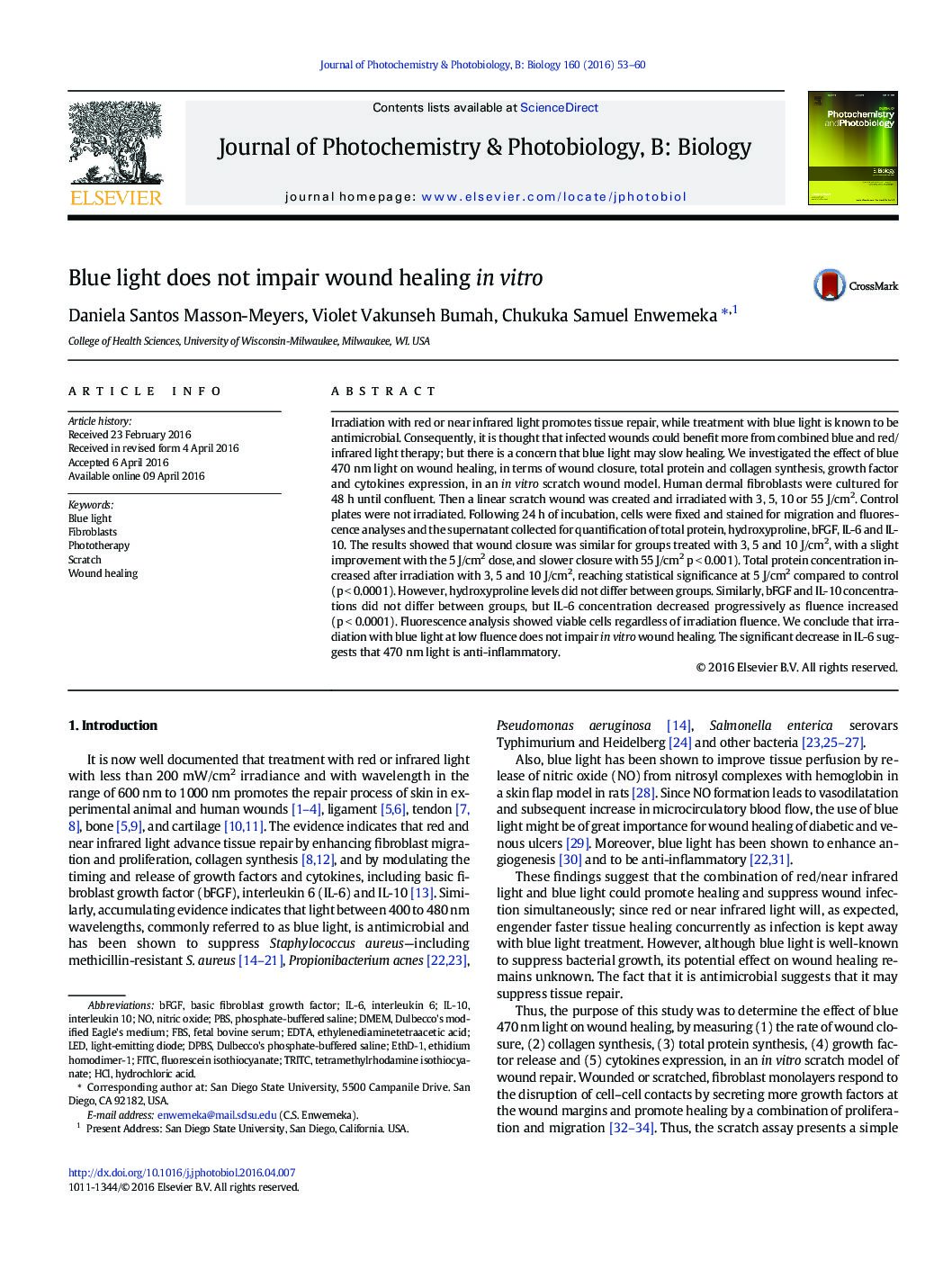Improving the Future of Dupuytren Care
Right now, many people with mild Dupuytren biology do well after surgery or after Xiaflex – because most people have mild to moderate Dupuytren biology. The issue isn’t the patient with mild disease biology who will do well for a long time after any treatment. The issue is those with more aggressive disease and the one out of twenty Dupuytren patients with severe biology who wind up crippled despite all that can be offered by technically skilled surgeons. Aggressive Dupuytren biology is also associated with other health issues for reasons which must still be worked out. These are the people whom doctors fail, not for lack of surgery, but for ignorance of the core biology.
Treating Dupuytren disease without understanding the biology means we’re stuck in the past. It’s a problem on the same scale as treating diabetes long ago without knowing the difference between juvenile diabetes, adult onset diabetes, drug-induced diabetes, or diabetes of pregnancy. That changed with blood tests for diabetes. Dupuytren doctors must still guess based on what are called Dupuytren diathesis factors – family history, age of onset, foot involvement, and so on – a fuzzy guess at best. The literature on diathesis factors is inconsistent. Arguing about which is the best Dupuytren procedure is fighting over the wrong end of the stick. We need to treat the cause, not the effect.
The first step to a solution is identifying the problem. What’s the problem? We’ve reached the plateau of treating Dupuytren disease with local procedures. It’s time to move past this. Dupuytren is a chronic disease and should give up its secrets to the well-established tools of chronic disease research:
- Document the natural history of untreated disease.
- Identify a circulating biomarker (biopsy isn’t practical for trend analysis)
- Use biomarkers – not just anatomic changes – to rapidly assess the ability of biologic treatment to change progression or recurrence.
It would will be wonderful to see the volume of Dupuytren procedures drop the way that rheumatoid hand procedures did after the introduction of TNF blockers. Or the way cardiovascular surgery numbers dropped after cholesterol treatments were developed. Or how the lives of diabetics changed once the role of insulin was understood. The only reason the Dupuytren model is stuck in the past is the lack of a systematic approach to do what needs to be done. That’s what Dupuytren Foundation research is aiming to change, to create a future without Dupuytren disease.
Best wishes for a happy new year and a better future for all of us!
Charles Eaton MD






